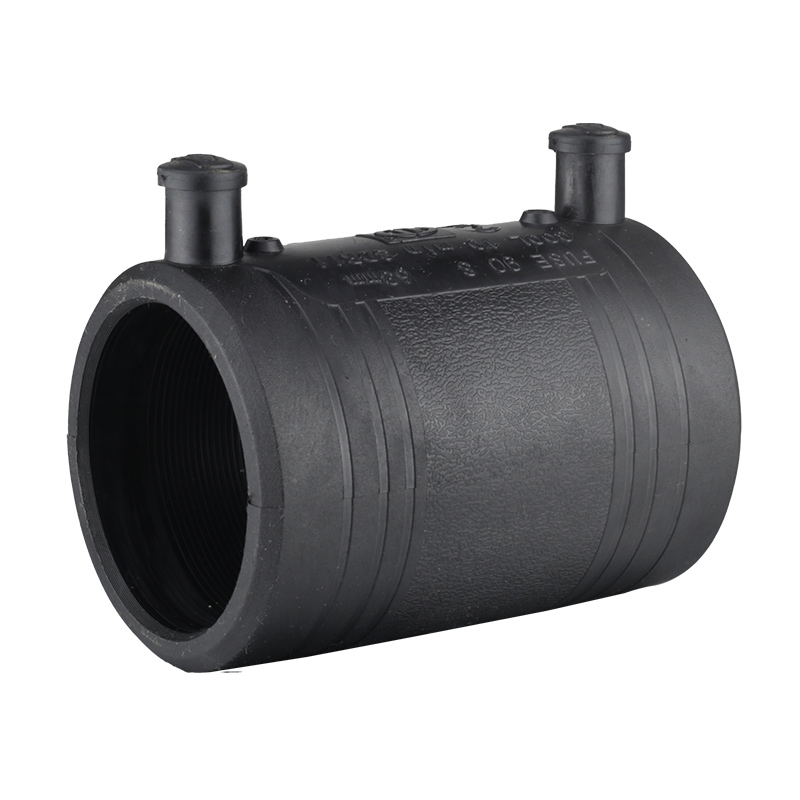Graphite, a naturally occurring form of carbon, is renowned for its remarkable properties, including high thermal and electrical conductivity, lubricating ability, and chemical stability. These attributes make graphite an invaluable material across various industries. In this article, we delve into two common uses of graphite, examining their applications, benefits, and the technological advancements that enhance their effectiveness.
- Graphite in Battery Technologies a. Role in Lithium-Ion Batteries
Overview: Graphite plays a critical role in lithium-ion batteries (Li-ion), which are ubiquitous in modern electronics, including smartphones, laptops, and electric vehicles (EVs). In these batteries, graphite serves as the anode material, where it stores and releases lithium ions during the charging and discharging cycles.
Mechanism:
- Anode Material: Graphite's layered structure allows lithium ions to intercalate between its layers, facilitating efficient energy storage and release.
- Performance: High-purity graphite provides excellent electrical conductivity and stability, enhancing the overall performance and lifespan of Li-ion batteries.
Benefits:
- Energy Density: Graphite-based anodes contribute to the high energy density of Li-ion batteries, which is essential for powering devices and vehicles with longer durations.
- Cycle Life: The stability of graphite helps in maintaining battery capacity over numerous charge-discharge cycles, contributing to longer battery life.
Technological Advancements:
- Graphene Enhancements: Researchers are exploring the use of graphene, a single layer of carbon atoms, to improve the conductivity and capacity of graphite anodes. This innovation aims to further increase battery efficiency and performance.
- Synthetic Graphite: Advanced synthetic graphite is being developed to provide even higher purity and performance characteristics, meeting the demands of next-generation battery technologies. b. Impact on the Electric Vehicle Industry
Overview: The rise of electric vehicles (EVs) has significantly increased the demand for high-quality graphite. EVs rely on Li-ion batteries for propulsion, making the role of graphite in these batteries critical to the advancement of green transportation technologies.
Benefits:
- Range: Enhanced graphite materials contribute to improved energy storage, allowing EVs to achieve greater driving ranges on a single charge.
- Charging Speed: Innovations in graphite technology are also aimed at reducing charging times, making EVs more convenient and accessible for consumers.
Future Prospects:
- Recycling and Sustainability: The graphite industry is investing in recycling technologies to recover and reuse graphite from spent batteries, addressing sustainability concerns and reducing environmental impact.
- Emerging Technologies: New developments, such as solid-state batteries, may further leverage graphite's properties to enhance performance and safety in future EV applications.
- Graphite in Lubrication a. Solid Lubricant Applications
Overview: Graphite's lubricating properties are leveraged in various industrial applications. As a solid lubricant, graphite reduces friction and wear between surfaces in mechanical systems, providing a reliable solution in challenging environments.
Mechanism:
- Layered Structure: The layered arrangement of carbon atoms in graphite allows for easy sliding between layers, creating a smooth, low-friction surface.
- High-Temperature Stability: Graphite maintains its lubricating properties even at high temperatures, making it suitable for use in extreme conditions.
Benefits:
- Durability: Graphite's ability to withstand high temperatures and corrosive environments ensures long-lasting performance and reduced maintenance needs in machinery.
- Versatility: Graphite is used in a range of applications, including lubricants for high-speed machinery, bearings, and even as a component in grease and oils.
Technological Advancements:
- Composite Materials: Innovations in composite materials, which incorporate graphite with other substances, are enhancing the performance and versatility of lubricants.
- Nano-Graphite: The development of nano-graphite, with its ultra-fine particles, is being explored to further improve lubrication properties and efficiency. b. Industrial and Aerospace Applications
Overview: Graphite-based lubricants are crucial in industries where high performance and reliability are essential. This includes aerospace applications, where graphite's properties are utilized to ensure smooth operation of high-precision components.
Benefits:
- Enhanced Performance: In aerospace, graphite lubricants help in maintaining the integrity and functionality of critical components, such as jet engines and control systems.
- Reduced Friction: The effectiveness of graphite in reducing friction contributes to the longevity and efficiency of machinery used in various industrial sectors.
Future Prospects:
- Advanced Coatings: Research is ongoing into advanced coatings that incorporate graphite to provide superior lubrication and protection for high-performance machinery.
- Environmental Considerations: Efforts are being made to develop environmentally friendly graphite-based lubricants that minimize ecological impact while maintaining performance. Conclusion
Graphite's unique properties make it an essential material in numerous applications, with its role in battery technologies and lubrication exemplifying its versatility and impact. In the realm of battery technologies, graphite's contributions to energy density and cycle life are crucial for the advancement of portable electronics and electric vehicles. Meanwhile, its use as a solid lubricant ensures efficient operation and durability in various industrial and aerospace applications.




More Stories
How to Choose the Perfect Auto Fast Charger for Your Car & Devices
Why Single Phase Pole Top Transformers Are Ideal for Rural Areas
Why A283 Carbon Steel Coil Is the Preferred Choice for Structural and Fabrication Projects